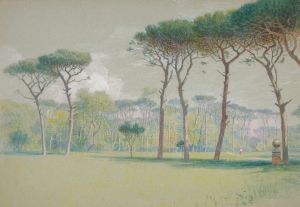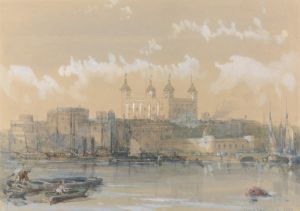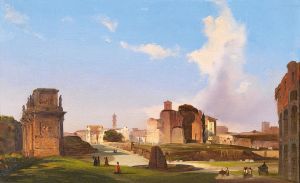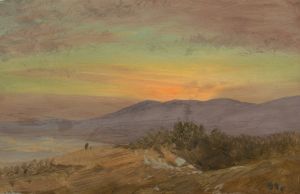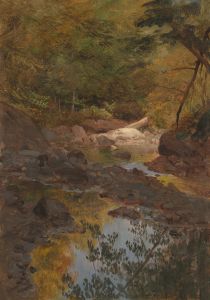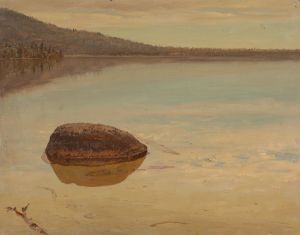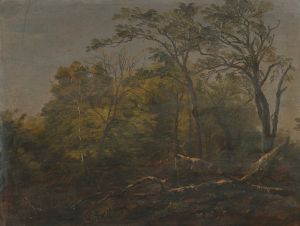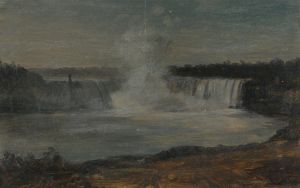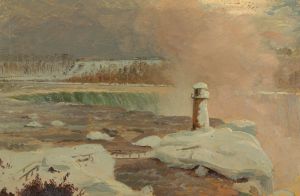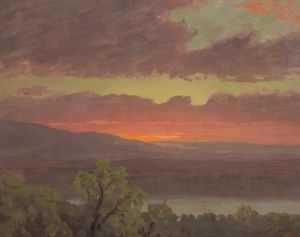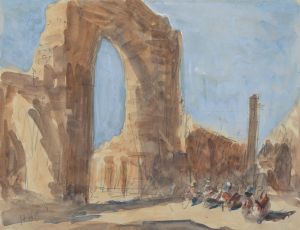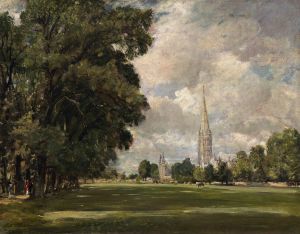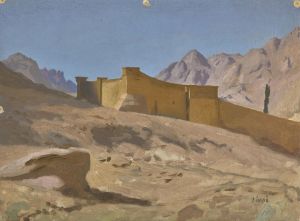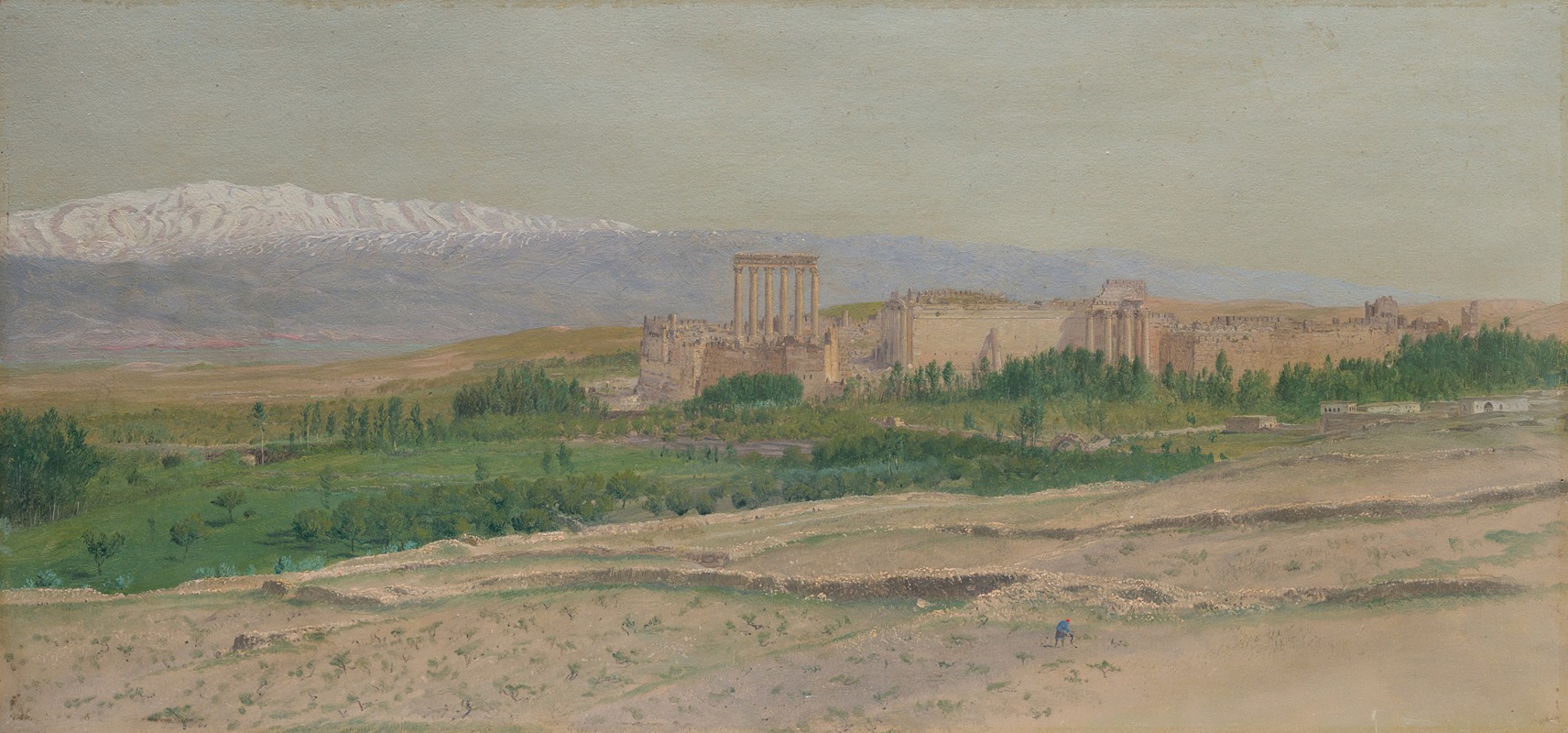
View of Baalbek
A hand-painted replica of Frederic Edwin Church’s masterpiece View of Baalbek, meticulously crafted by professional artists to capture the true essence of the original. Each piece is created with museum-quality canvas and rare mineral pigments, carefully painted by experienced artists with delicate brushstrokes and rich, layered colors to perfectly recreate the texture of the original artwork. Unlike machine-printed reproductions, this hand-painted version brings the painting to life, infused with the artist’s emotions and skill in every stroke. Whether for personal collection or home decoration, it instantly elevates the artistic atmosphere of any space.
"View of Baalbek" is a painting created by the American artist Frederic Edwin Church in 1868. Church was a central figure in the Hudson River School, a mid-19th century American art movement known for its detailed and romantic landscapes. The painting depicts the ancient ruins of Baalbek, a site located in modern-day Lebanon, which was known for its grand Roman temples.
Frederic Edwin Church was born in 1826 in Hartford, Connecticut, and became one of the most prominent landscape painters of his time. He was known for his ability to capture the sublime beauty of natural scenes, often incorporating dramatic lighting and meticulous detail. Church's interest in exotic and historical locations led him to travel extensively, and his journeys greatly influenced his work.
The ruins of Baalbek, also known as Heliopolis, were a significant source of inspiration for Church. Baalbek was an ancient Phoenician city that later became a major Roman site, renowned for its massive temple complexes dedicated to Jupiter, Bacchus, and Venus. The grandeur and historical significance of Baalbek made it a compelling subject for Church, who sought to convey both the beauty and the historical depth of the location.
"View of Baalbek" captures the ruins with a sense of awe and reverence. The painting features the remains of the grand Roman temples, set against a backdrop of a dramatic sky. Church's use of light and shadow emphasizes the architectural details and the scale of the ruins, creating a sense of timelessness and majesty. The composition is carefully balanced, with the ruins occupying a central position, drawing the viewer's eye to the intricate details of the ancient structures.
Church's meticulous attention to detail and his ability to render the textures of stone and the play of light create a vivid and immersive experience for the viewer. The painting not only showcases the physical beauty of Baalbek but also evokes a sense of the historical and cultural significance of the site. Church's work reflects his deep appreciation for the natural world and his fascination with the intersection of nature and human history.
"View of Baalbek" is part of the collection of the Metropolitan Museum of Art in New York City. The painting is considered one of Church's masterpieces and is celebrated for its technical skill and its evocative portrayal of an ancient and storied location. Church's work continues to be admired for its ability to capture the grandeur of the natural world and the enduring legacy of human civilization.
In summary, "View of Baalbek" by Frederic Edwin Church is a significant work that exemplifies the artist's skill in landscape painting and his interest in historical and exotic locations. The painting remains an important part of Church's oeuvre and a testament to his ability to convey the beauty and significance of the world's great sites.





